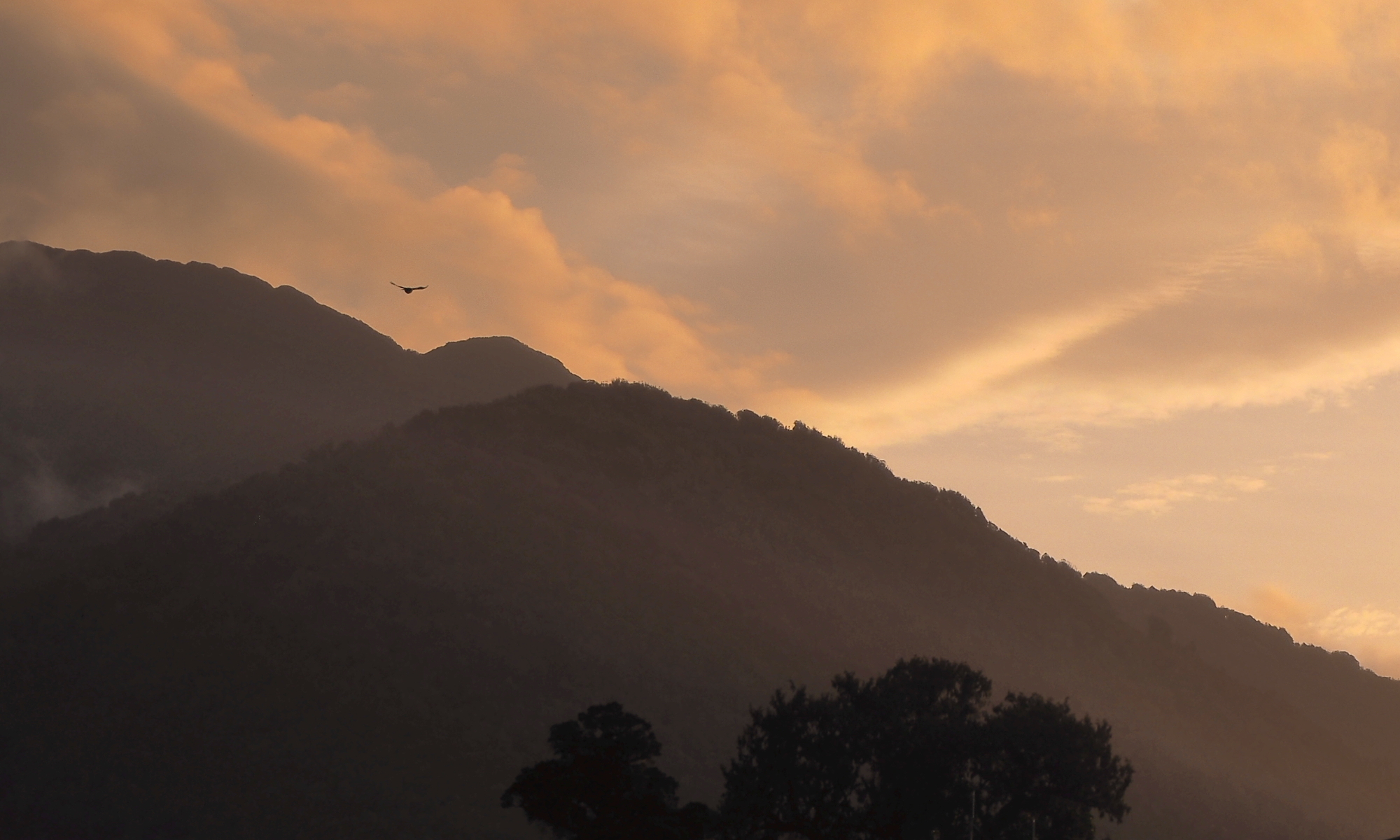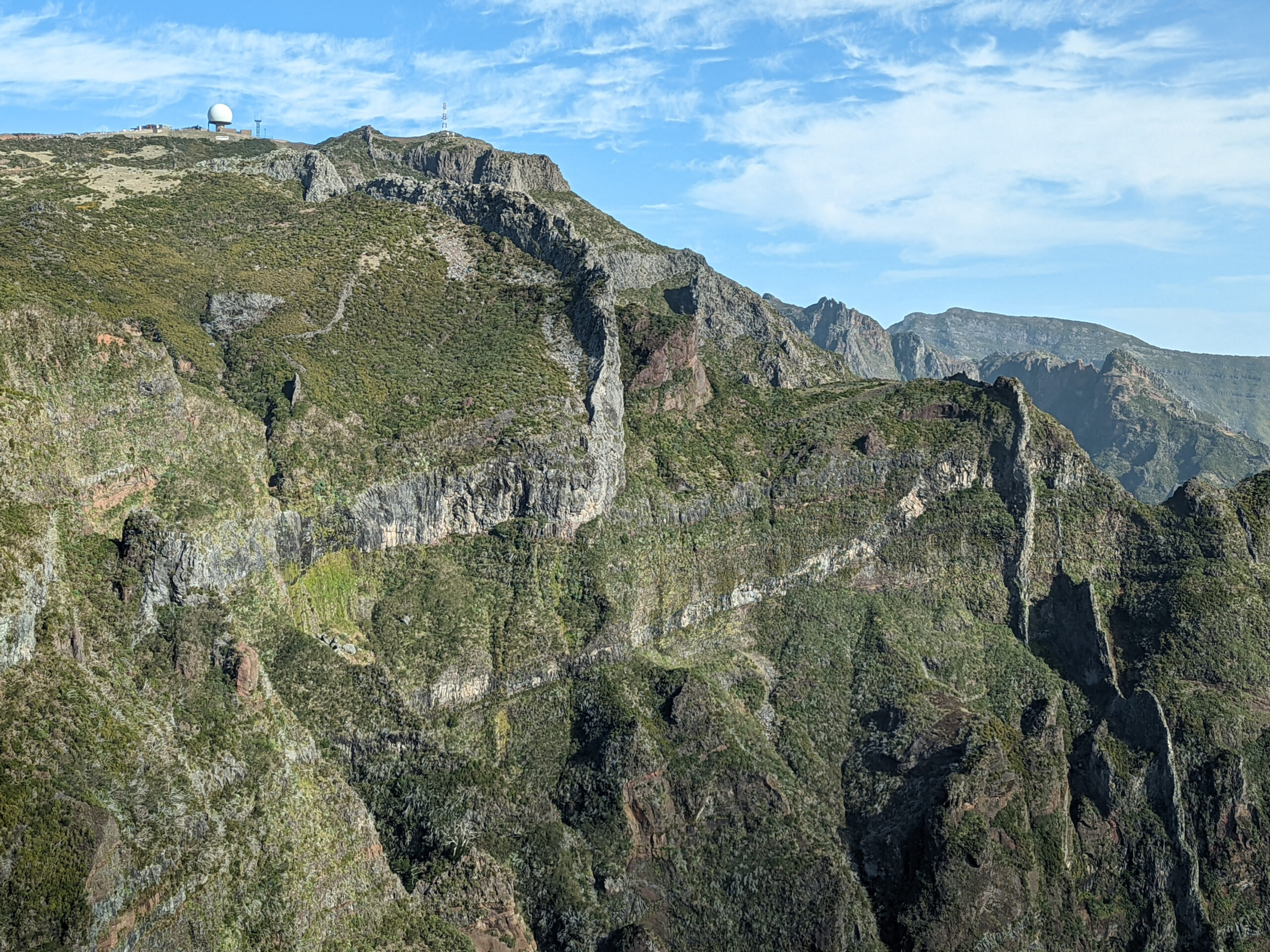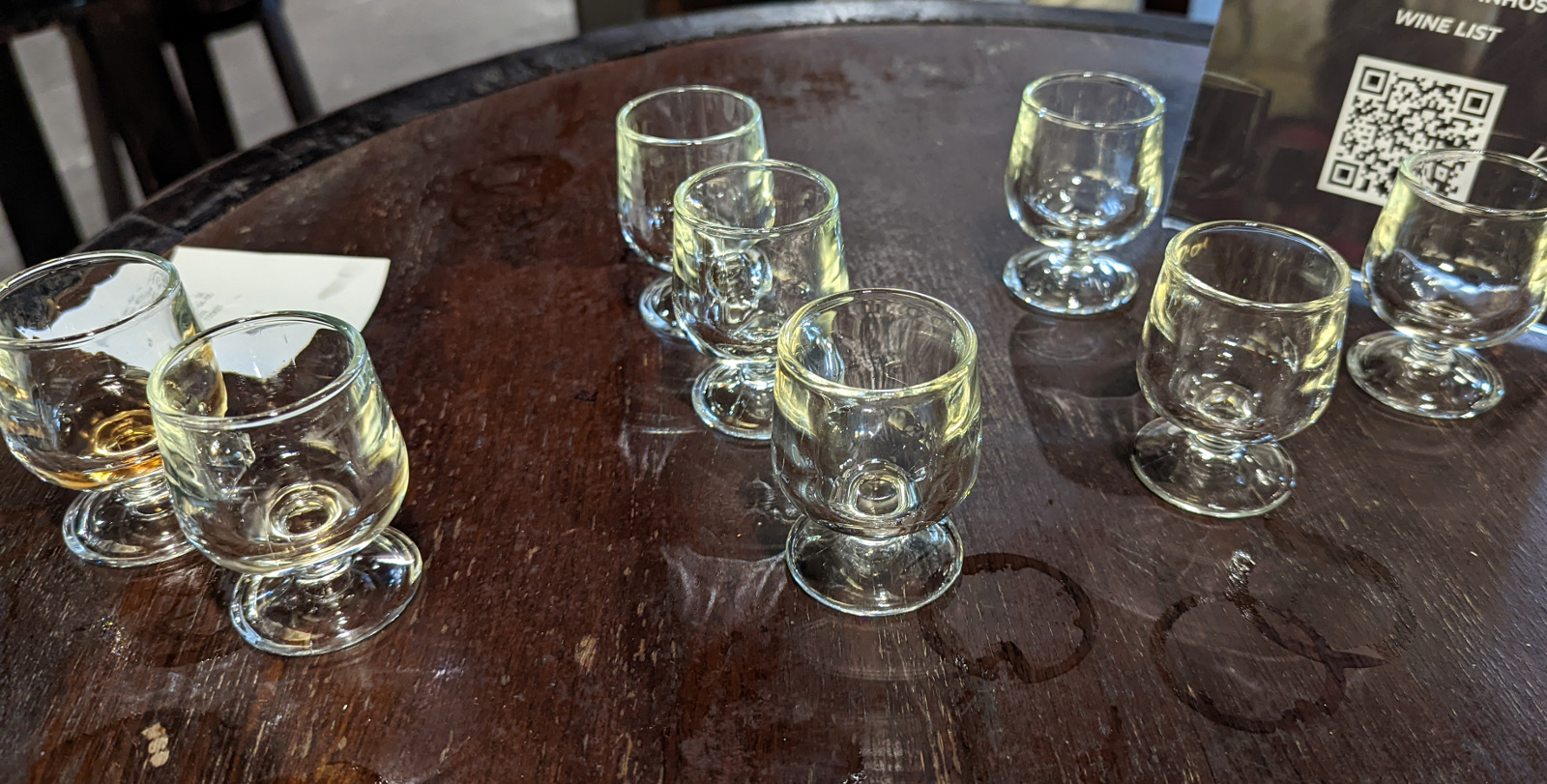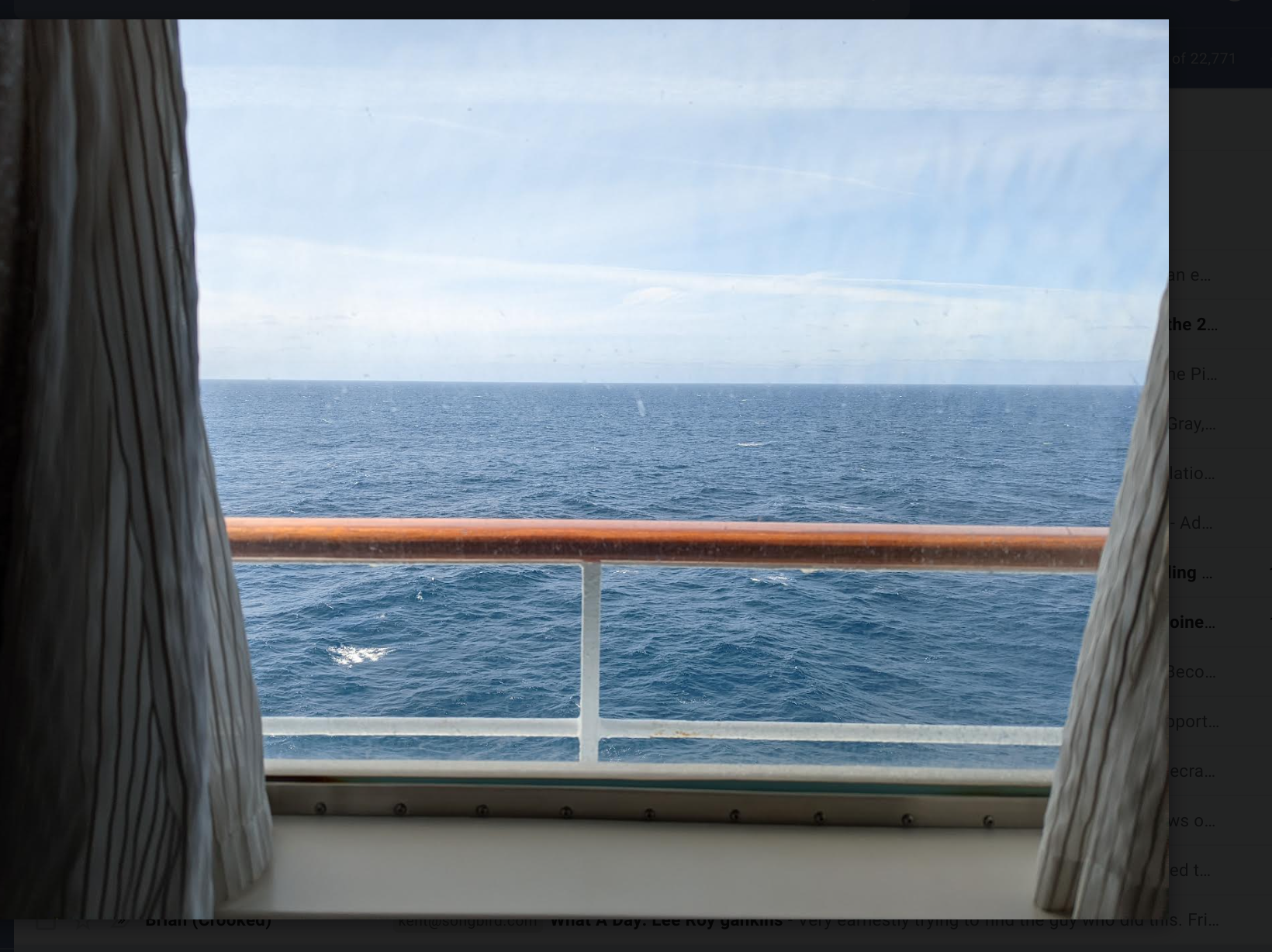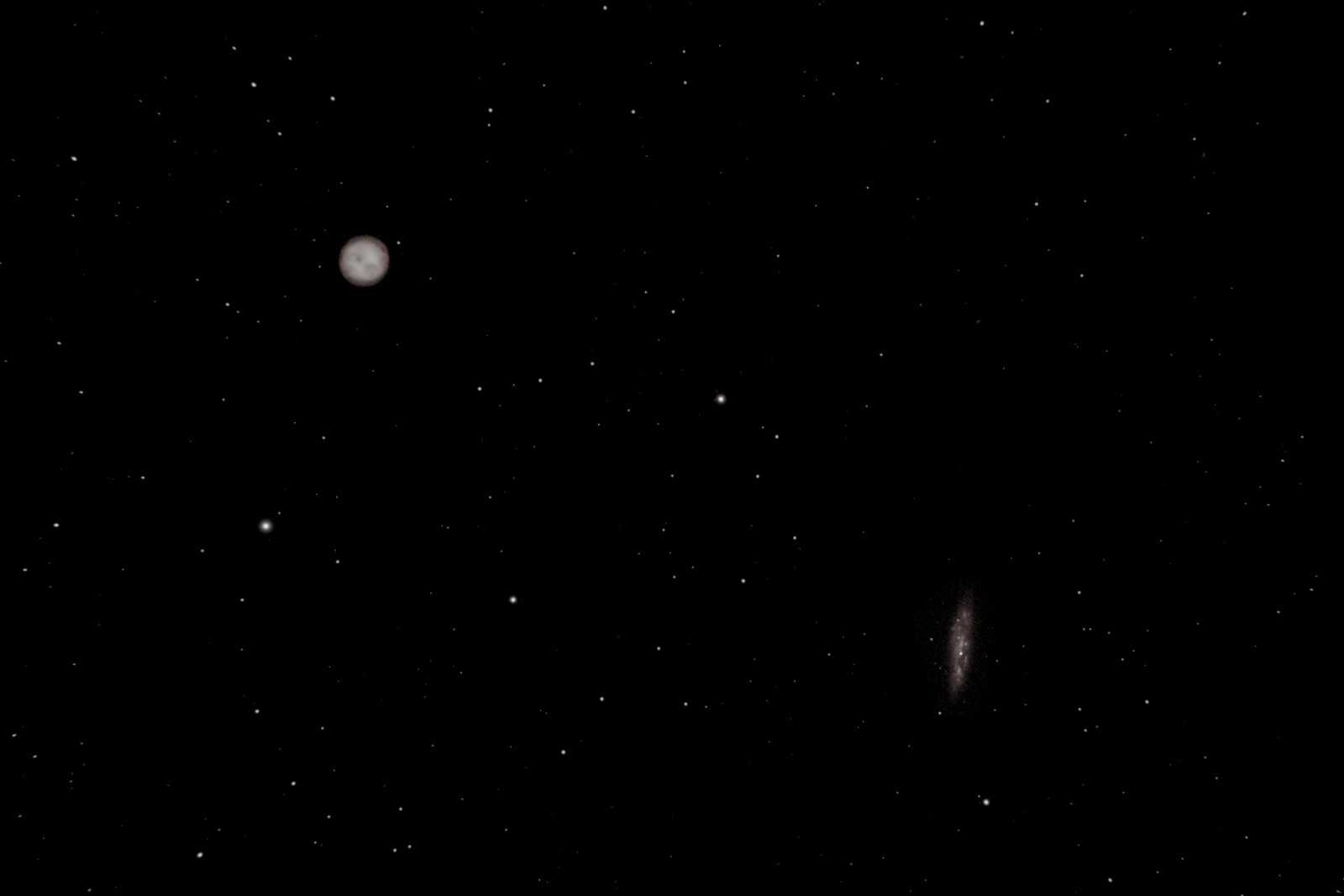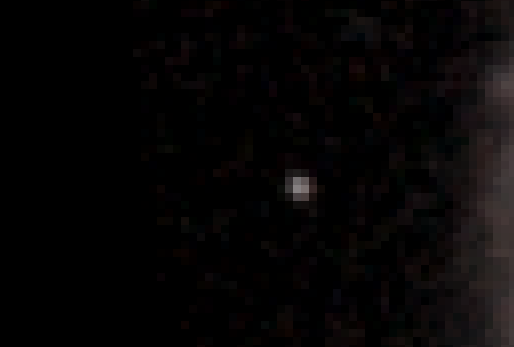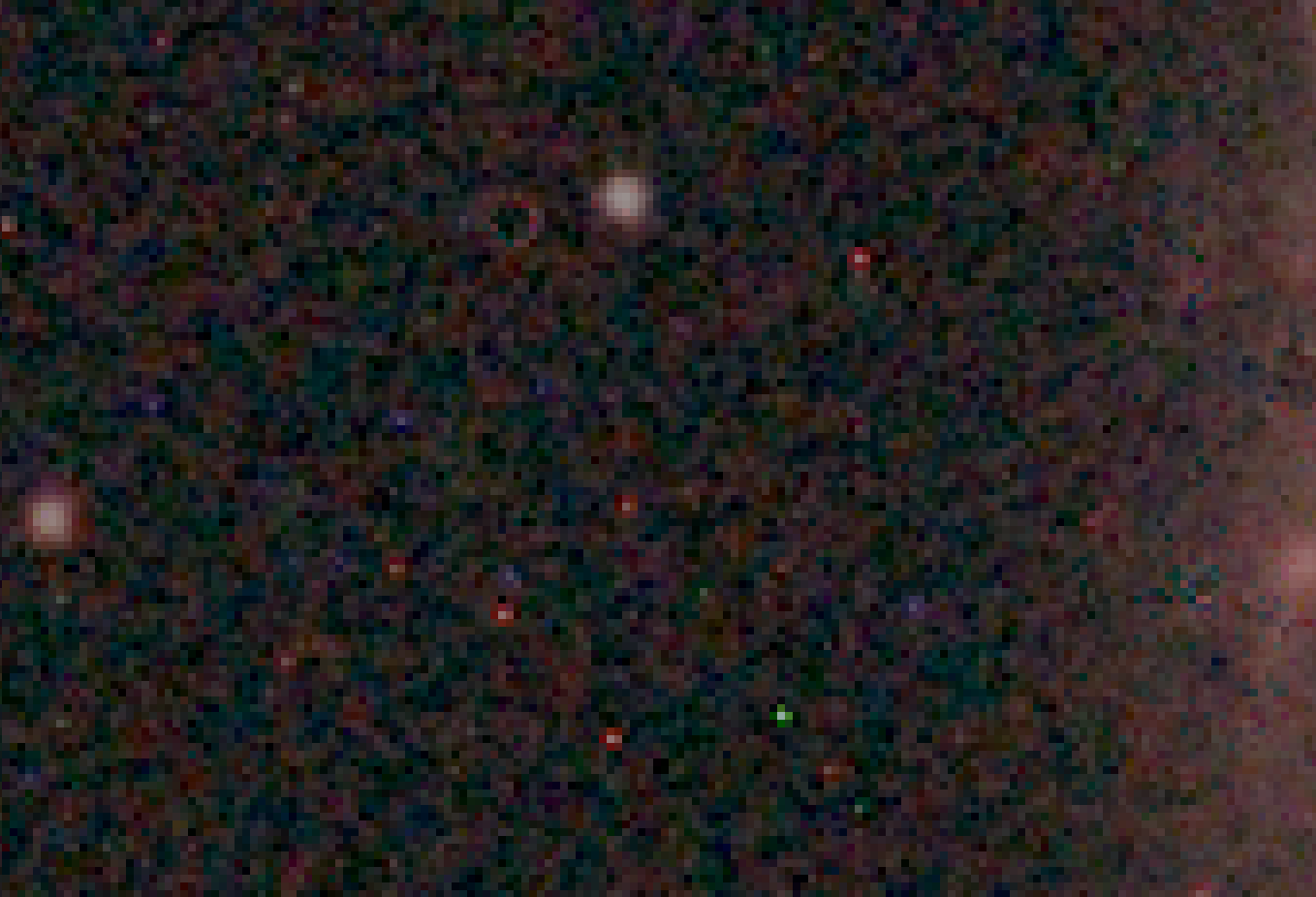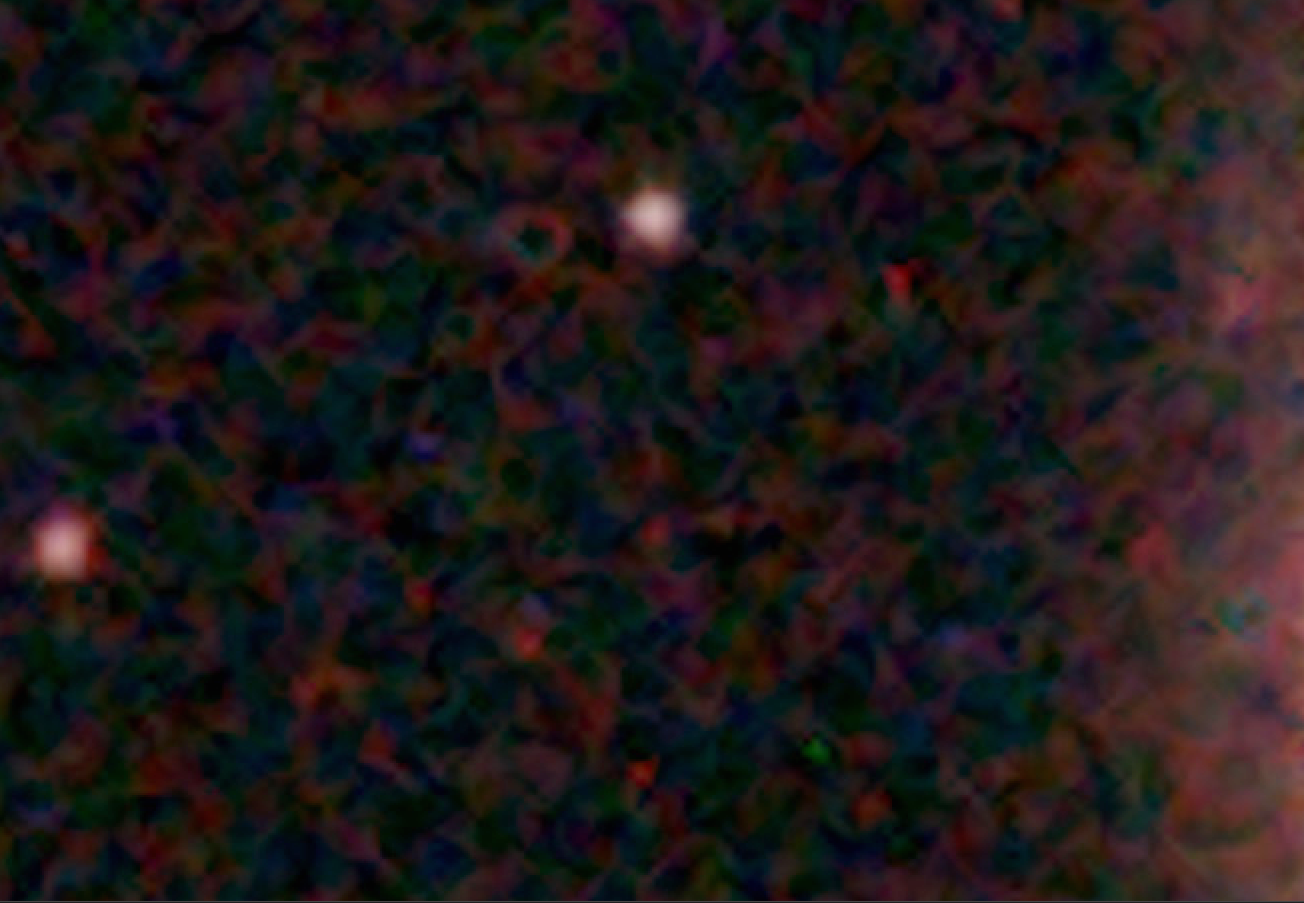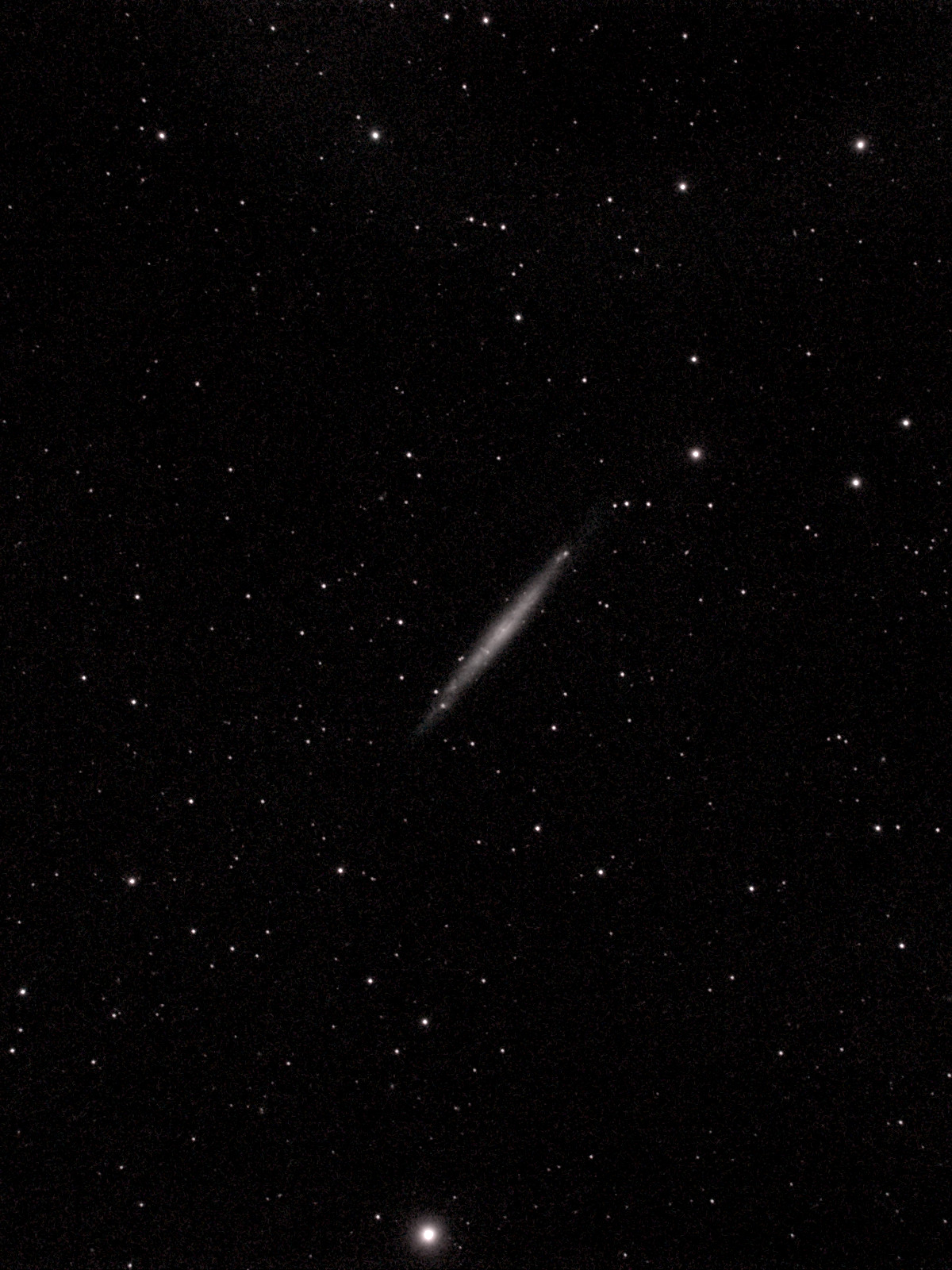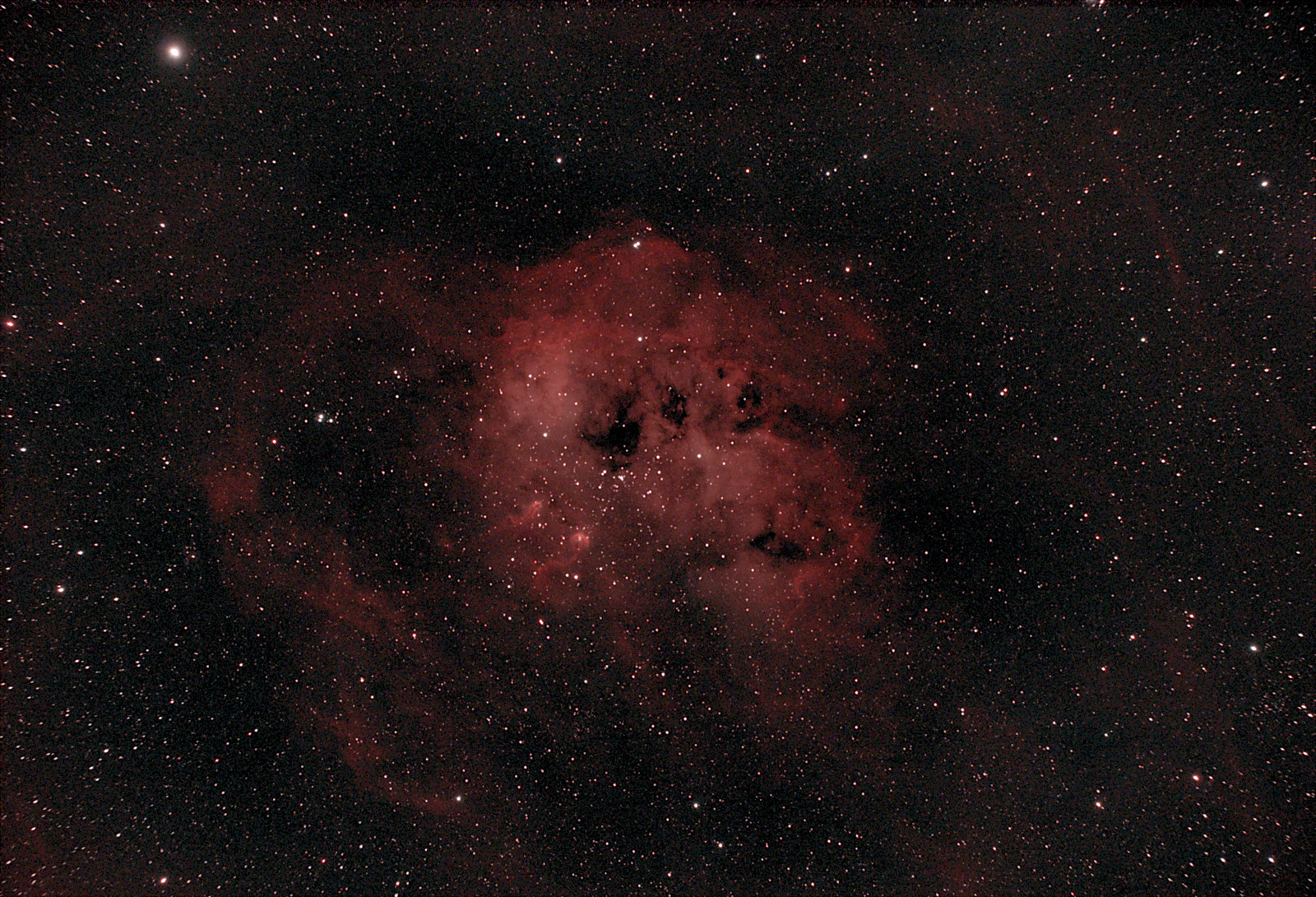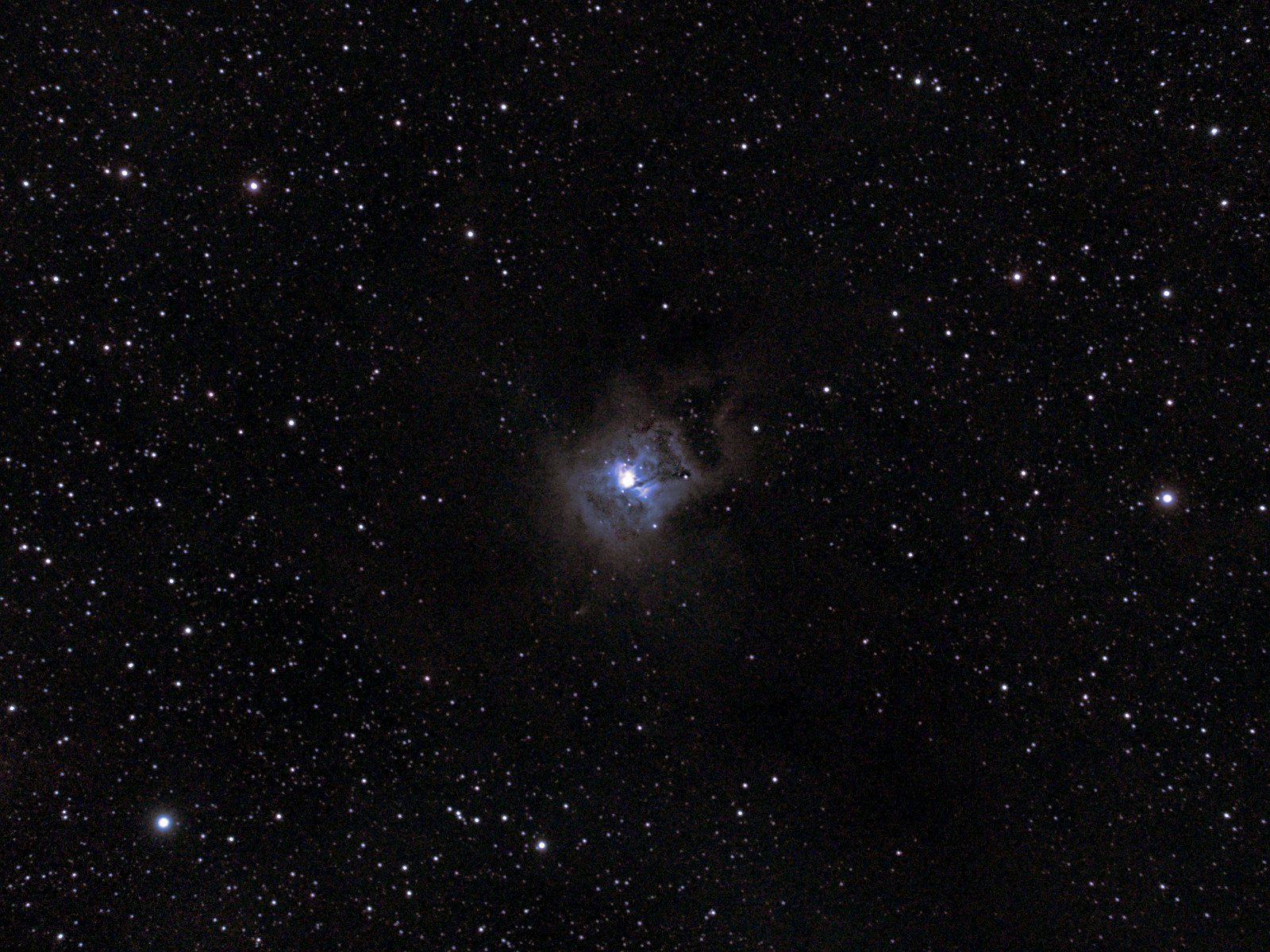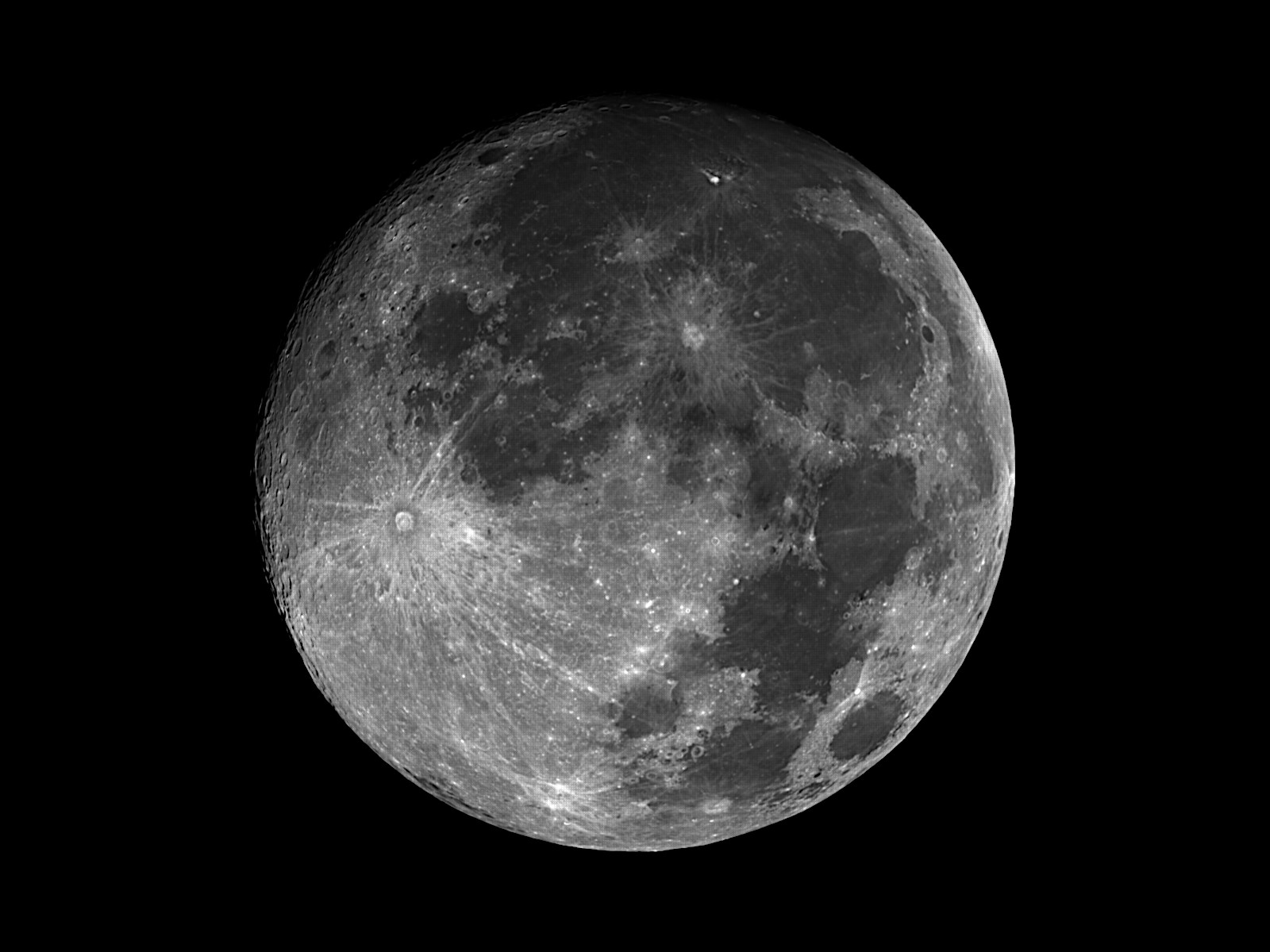There is a rule about punctuation I can’t bring myself to follow: “In the United States, commas and periods go inside the quotation marks”. I just broke it there.
The rule I follow is that everything inside the quotation marks is part of the quote:
Here is a quoted fragment of text: “a quoted fragment of text:”.
The “:” inside the quotes is part of what is quoted. The “.” defines the sentence structure.
Or consider:
A. The final “word”.
vs
B. The final “word.”
B looks strange to me — the period is part of the sentence structure, not part of the quoted text, so B is a sentence without its final period. It should be
B. The final “word.”.
if you want to quote
“word.”
What about even stranger cases:
Brian flew to a place in the clouds where punctuation marks included “%$^&”.
I think like this because of long exposure to computer languages, where the syntax rules are much more regular. You can always distinguish between the syntactically live use of punctuation and syntactically lifeless punctuation inside quotes. Any text can be unambiguously quoted.
English usage is like a woodland path — it is where it is because that’s where people walked. For many years I walked somewhere else, and I’m very comfortable there.
